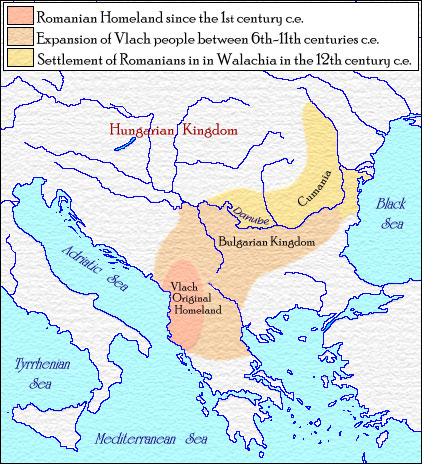Dreptul Valah
Banned
- Messages
- 550
- Reaction score
- 23
- Points
- 0
Facts about Kaloyan,the Asen's youngest brother
His name,Ionita(Ionitsa) is tipical for a Romanian little brother,with the usual diminutive suffix,-ita,-uta,that has the same spelling as the Italian -izzo,-uzzo.
https://books.google.ro/books?id=bW...AEwDXoECAMQAQ#v=onepage&q=izzo suffix&f=false
IMO,his seal,ring,does not contain a Dalmatian dog,but a Romanian mythological monster,the snake-dragon, called balaur,because:
-the' dog' has scales
-has snake-like slender body,way bigger jaws and claws
http://www.hubert-herald.nl/Bulgaria1.htm
http://www.hubert-herald.nl/Bulgaria1_bestanden/image061.jpg
https://en.m.wikipedia.org/wiki/Balaur
https://www.sarahsawyer.com/2011/10/mythic-creature-the-balaur/
Kaloyan is the third Asen brother, with the previous two,already killed,he will eventually have the same faith,the name means John the Handsome.
In the Romanian mythology, Prince-Charming,named Fat-Frumos,of Latin origin,literally, "The Handsome Young" ,is the third son of an Emperor,he kills the Balaur,after his brothers have failed(an usual IE event,that has the purpose to renew the death-life cycle),the monster on the ring is a trophy,for sure.
His name,Ionita(Ionitsa) is tipical for a Romanian little brother,with the usual diminutive suffix,-ita,-uta,that has the same spelling as the Italian -izzo,-uzzo.
https://books.google.ro/books?id=bW...AEwDXoECAMQAQ#v=onepage&q=izzo suffix&f=false
IMO,his seal,ring,does not contain a Dalmatian dog,but a Romanian mythological monster,the snake-dragon, called balaur,because:
-the' dog' has scales
-has snake-like slender body,way bigger jaws and claws
http://www.hubert-herald.nl/Bulgaria1.htm
http://www.hubert-herald.nl/Bulgaria1_bestanden/image061.jpg
https://en.m.wikipedia.org/wiki/Balaur
https://www.sarahsawyer.com/2011/10/mythic-creature-the-balaur/
Kaloyan is the third Asen brother, with the previous two,already killed,he will eventually have the same faith,the name means John the Handsome.
In the Romanian mythology, Prince-Charming,named Fat-Frumos,of Latin origin,literally, "The Handsome Young" ,is the third son of an Emperor,he kills the Balaur,after his brothers have failed(an usual IE event,that has the purpose to renew the death-life cycle),the monster on the ring is a trophy,for sure.
Last edited:



